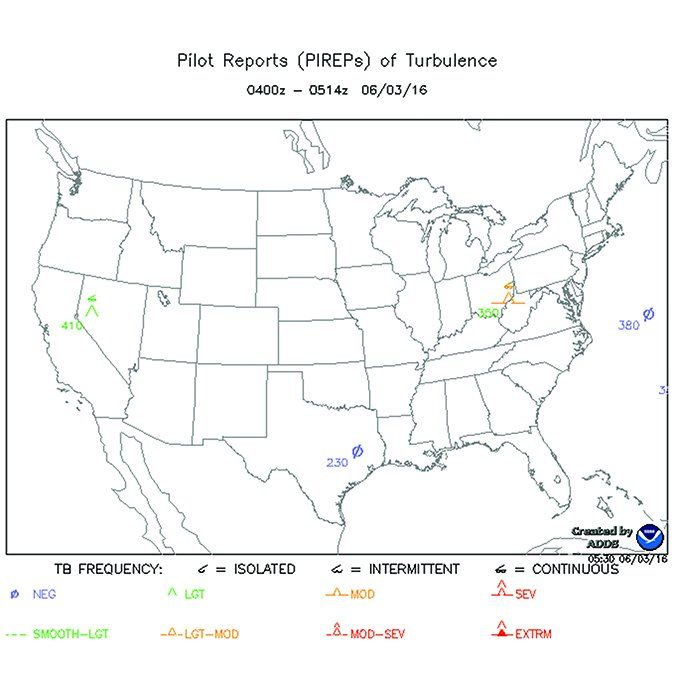New ways to improve pilot reports—Pireps, including their collection, dissemination and use—is the topic of a two-day forum the NTSB announced in early June. Entitled “PIREPs: Pay it Forward…Because Weather for One is Weather for None,” the forum is expected to draw other federal agencies, air carrier organizations, aviation associations and academics.
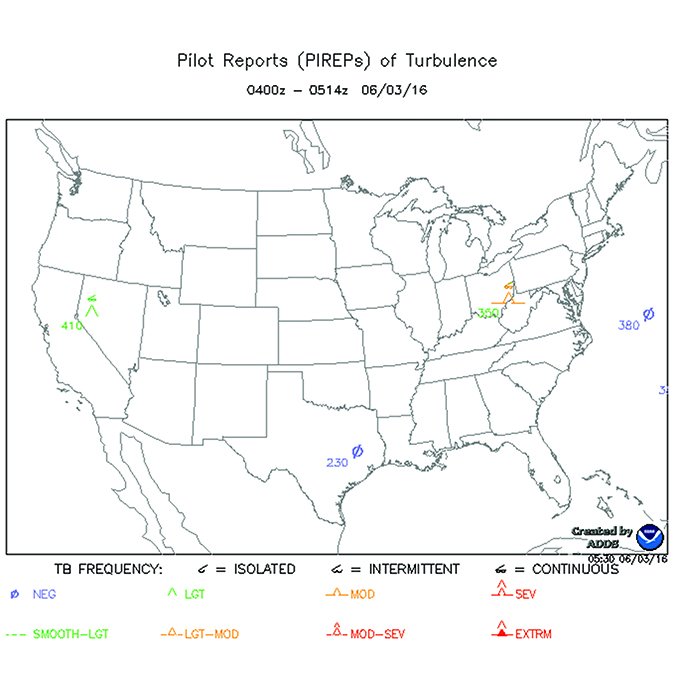
Panel-discussion topics are set to include “the use and significance of Pirep information to weather services, air traffic controllers, pilots and researchers; the lifecycle of a Pirep; Pirep training, education and operations; and future improvements and emerging technologies for Pireps,” the NTSB said. One hoped-for outcome from the event is identifying “future improvements and emerging technologies that may provide greater pilot awareness of weather conditions.”
“We cannot control the weather but we certainly can plan for it when we receive reports about conditions experienced by others along our intended route,” NTSB Member Robert Sumwalt, the forum’s presiding board member, said on announcing the event.
“For Pireps to be most effective they must be accurate and made quickly available in the National Airspace System. There are several problems degrading the effectiveness of Pireps and it is our intent to use information gathered during our forum—from across the broad spectrum of the aviation community—to find ways to best improve Pirep handling and use.” The free and open-to-the-public event will be held June 21 and 22, 2016, at the NTSB’s Washington, D.C., headquarters. That’s about the time this issue will be in your mailbox, so don’t rush out and make plans to attend; you’ll likely be late. Video from the forum will be posted to the NTSB’s web site, www.ntsb.gov, and will be available for 90 days afterward.
Election Year Means TFRs
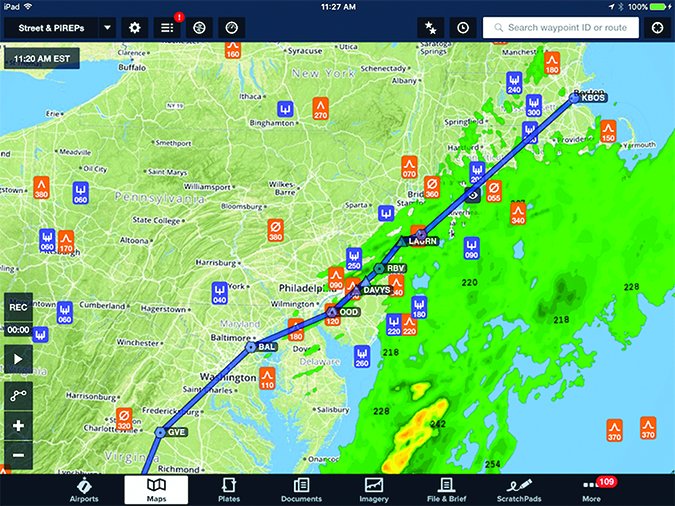
Although it’s barely here, 2016’s second half promises to be filled with temporary flight restrictions—TFRs—imposing operational restrictions on many general aviation flights in the U.S. The occasion? The 2016 presidential election. Before early November gets here, four candidates, plus one sitting president and a vice president, will be criss-crossing the U.S. All of them will get U.S. Secret Service protection and all of them will have TFRs.
A recent TFR in support of a planned presidential visit to South Florida provides a template for similar flight restrictions the rest of 2016. For example, the following operations are not authorized within the designated airspace’s 10-30 nm outer ring: “Flight training, practice instrument approaches, aerobatic flight, glider operations, seaplane operations, parachute operations, ultralight, hang gliding, balloon operations, agriculture/crop dusting, animal population control flight operations, banner towing operations, sightseeing operations, maintenance test flights, model aircraft operations, model rocketry, unmanned aircraft systems (UAS), and utility and pipeline survey operations.” Within the innermost 10 nm ring, you must be operating on a Transportation Security Administration-approved security plan to gain access.
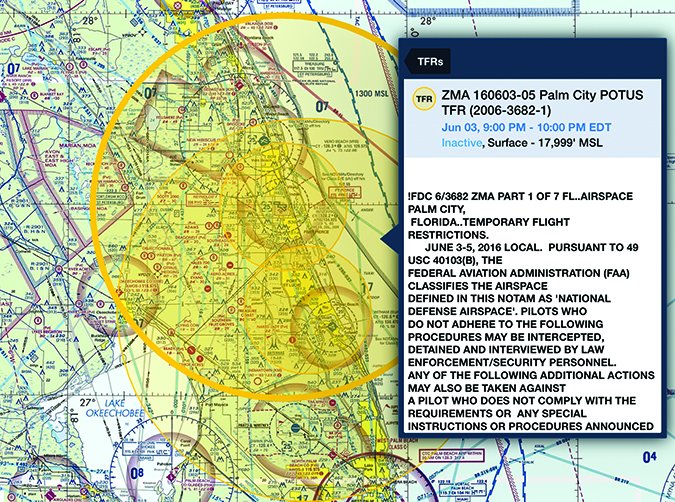
And don’t forget upcoming events like the Republican National Convention, July 18 through 21 in Cleveland, and the Democratic National Convention, July 25 through 28 in Philadelphia. The FAA encourages pilots to visit its web site, tfr.faa.gov, for the latest TFR updates.
It seems many of us really have gotten the word about TFRs. According to AOPA, “the number of general aviation violations of temporary flight restrictions (TFRs) has dropped by 50 percent since 2009.” One way to keep that number headed downward is to always check Notams for TFRs before flying, even on perfect-weather days. No matter where you plan to fly in the U.S. during the remainder of 2016, a quick call to Flight Service is all it takes before launching, even for pattern work. A presidential or election-related TFR can pop up literally overnight during election season.
Don’t say we didn’t warn you.
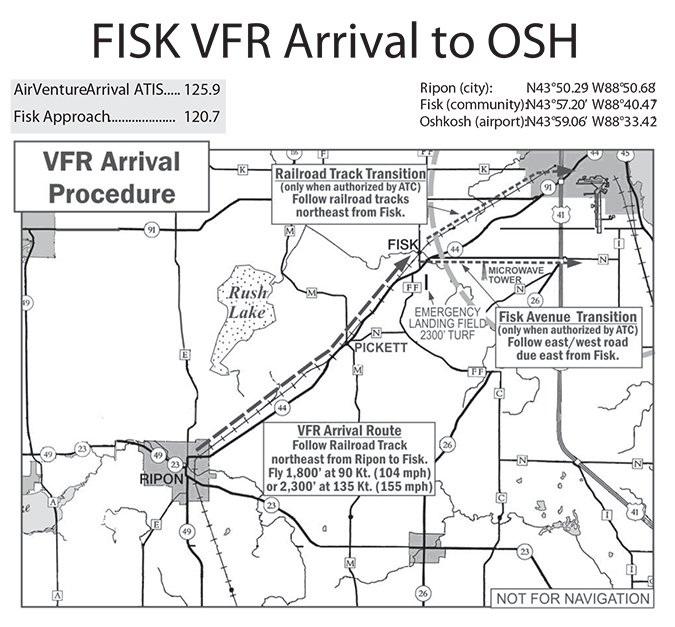
AirVenture 2016 Notam
In other Notam news, the 2016 operating procedures for the Experimental Aircraft Association’s AirVenture fly-in at Oshkosh, Wis., has been published. Available free for the download or free via snailmail, the 32-page Notam details VFR and IFR arrival and departure procedures for KOSH between July 22 and August 1, 2016. Changes for 2016 include revised frequencies, construction north of Runway 9/27, markings on Runway 36R and a notification requirement for aircraft over 12,500 pounds. For your copy, visit the EAA AirVenture Oshkosh website.

